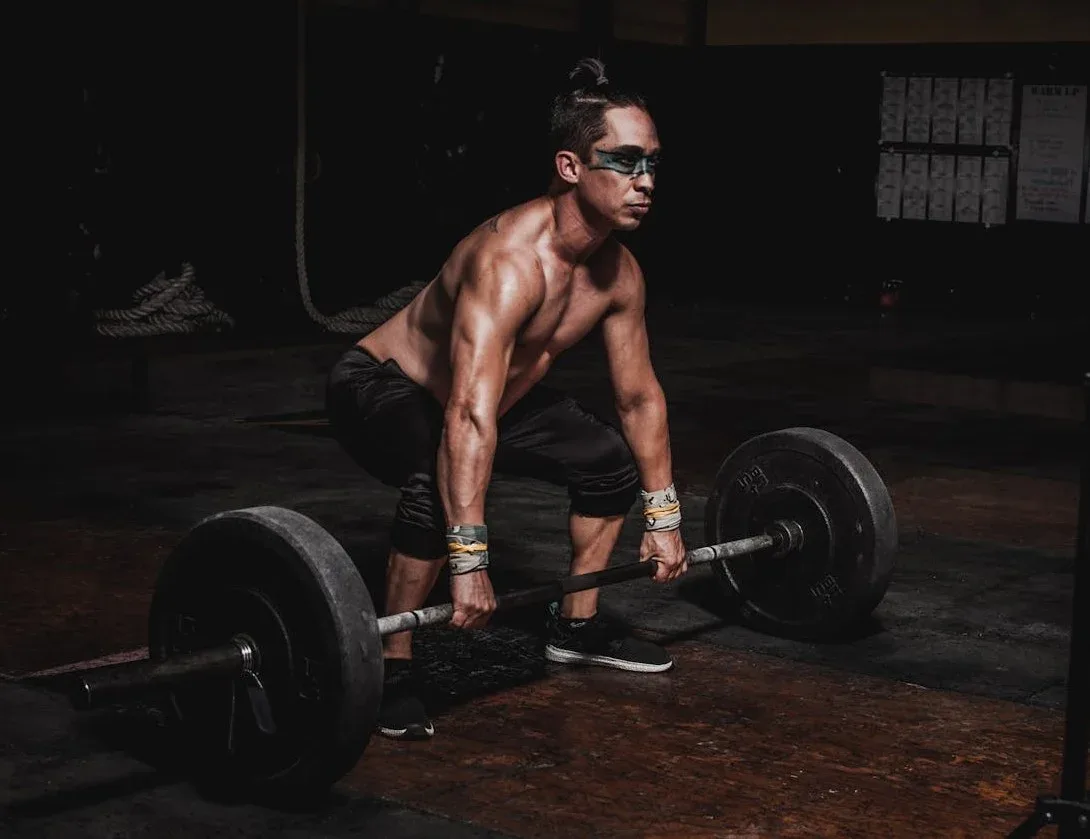Last Updated on October 31, 2025 by shawnshealth
Discover how to build muscle and lose fat fast with these 7 proven strategies. Boost your fitness, transform your body, and achieve lasting results with science-backed methods.
Build Muscle and Lose Fat Fast: 7 Proven Strategies for Success
Achieving the dual goals to build muscle while losing fat is a common objective for many fitness enthusiasts. Whether you’re new to working out or an experienced gym-goer, understanding the right combination of training, nutrition, and lifestyle habits is crucial. If you’re looking to build muscle and lose fat fast, these 7 proven strategies will help you transform your body efficiently and effectively.
By following these guidelines, you can improve muscle mass, reduce body fat, and ultimately achieve a leaner and stronger physique. Let’s dive into each step in detail to help you get on the fast track to success.
🧱 Ultimate Guide to Calisthenics Build real strength and mobility—no gym needed.
🧠 Why Is Weight Loss So Hard? Understand the real reasons fat loss feels frustrating—and what to do about it.
✅ How to Build Muscle and Lose Fat Fast
- Strength train 3–4x per week using compound exercises
- Eat high-protein meals (0.8–1g per pound of body weight)
- Stay in a slight calorie deficit
- Get 7–9 hours of sleep nightly
- Do short, intense cardio (e.g., HIIT 2–3x weekly)
💪 Best Diet Tips to Build Muscle and Lose Fat Fast
- Prioritize protein at every meal
- Cut sugar and processed carbs
- Eat in a 10–12 hour window (intermittent fasting)
- Stay hydrated with water, not calories
- Track intake to stay consistent
⚡ Quick Routine to Build Muscle and Lose Fat Fast
- Workout: Full-body strength training + HIIT 3x/week
- Nutrition: High-protein, calorie-controlled meals
- Recovery: Quality sleep and daily movement
- Tracking: Monitor progress weekly (measurements, strength)
Table of Contents
Medical Disclaimer: This content is for informational purposes only. Consult a healthcare professional before making any health or fitness changes.
Amazon Affiliate Disclaimer: As an Amazon Associate, I earn from qualifying purchases.
My Experience: Building Muscle While Losing Fat
There are some who claim it’s almost impossible to both build muscle and lose fat. They have a good point. It can be difficult since it’s like trying to drive to New York and Los Angeles at the same time. You’re going in two different directions!
It’s thought that we must have a caloric surplus in order to gain muscle while being in a caloric deficit to lose fat. Both are true, however, and I can attest to this from my own experience, it’s not impossible to succeed at both.
I have, and in fact currently am (as of this writing), in a minor cutting phase (losing fat) while still building and maintaining muscle. Granted, if your goal is to pack on the muscle and gain fierce strength then you should probably only focus on that alone. However, as far as fat loss is concerned, putting emphasis on building strength and muscle is a great way to keep or even build that lean muscle mass which then increases your ability to gain that leaner physique!
My quick advice? Live in a slight calorie deficit, consume plenty of protein, and strength train. So, by not going crazy with either goal you may have a great opportunity to bring the two together; gaining some good muscle while ditching some of the fat. In other words, a positive and a positive.
So, get on it. Use a smart approach of strength training and use tactics to get rid of fat and you really can do both!
🌾Learn how Farmer Strength builds foundational muscle and lasting strength—perfect for pairing with your fat-loss goals.
Check out this video from one of my favorite fitness influencers, Sean Nalewanyj, about losing fat and building muscle at the same time.
1. Strength Training with Progressive Overload
One of the most important factors in building muscle while burning fat is incorporating progressive overload into your strength training routine. Progressive overload refers to gradually increasing the resistance or weight you lift over time. This forces your muscles to adapt by growing stronger and bigger. Without increasing resistance, your muscles will plateau, which halts muscle growth.
Compound movements like squats, deadlifts, bench presses, and pull-ups are especially effective because they engage multiple muscle groups, helping you burn more calories and build muscle faster. Compound exercises also stimulate the release of anabolic hormones like testosterone and growth hormone, which are crucial for muscle development and fat loss.
Sample Strength Training Routine:
- Squats: 4 sets of 8-10 reps
- Deadlifts: 4 sets of 6-8 reps
- Bench Press: 4 sets of 8-10 reps
- Pull-Ups: 3 sets of 6-8 reps
The key to success is lifting heavy while maintaining proper form. Focus on making gradual weight increases each week to ensure you’re challenging your muscles.
🧠Discover how functional fitness supports real-world strength and accelerates both muscle gain and fat loss.
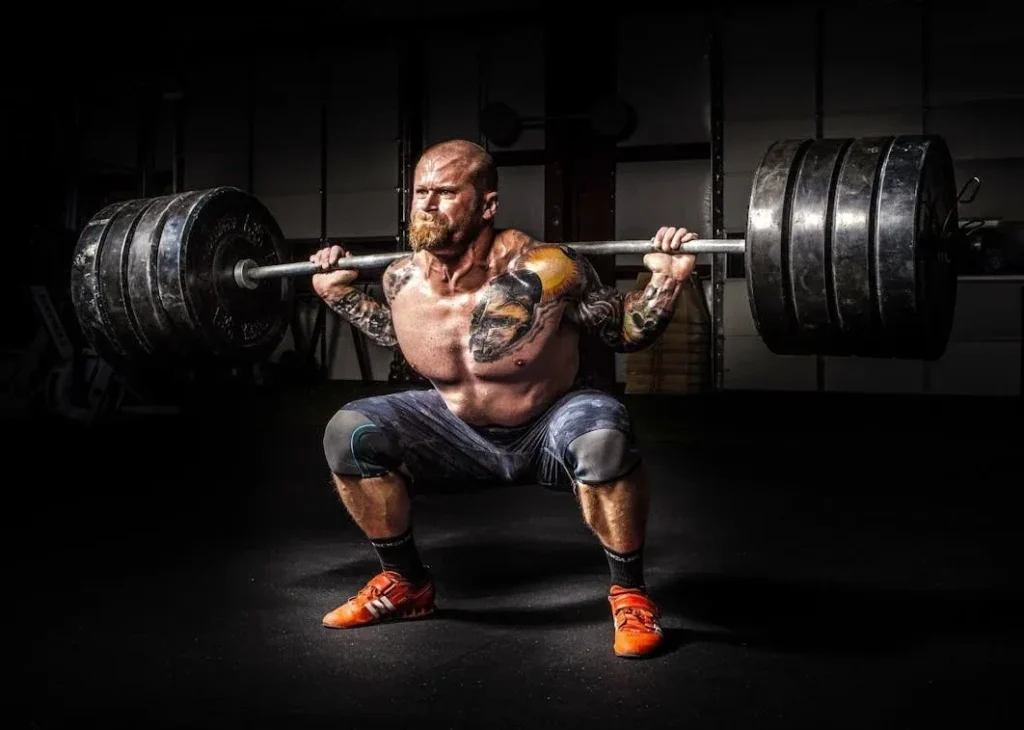
Why It Works:
Strength training increases muscle mass, which boosts your metabolism, allowing you to burn more calories even at rest. More muscle equals more fat-burning potential, creating a positive cycle of muscle growth and fat loss.
🤸Discover how Calisthenics Strength Training builds lean muscle and supports fat loss—ideal for bodyweight-focused routines.
2. Increase Protein Intake for Muscle Growth and Fat Loss
Diet plays a significant role in transforming your body, especially when you want to build muscle and lose fat fast. One of the key components is protein. Protein is essential for muscle repair and growth, as well as for fat loss. It also helps keep you full for longer periods, reducing the likelihood of overeating.
To maximize muscle gain and fat loss, aim to consume between 1.2 to 2 grams of protein per kilogram of body weight. If you weigh 70 kg (about 154 pounds), you should aim for 84-140 grams of protein daily.
Good sources of protein include:
- Lean meats (chicken, turkey, lean beef)
- Fish (salmon, tuna, mackerel)
- Eggs
- Dairy (Greek yogurt, cottage cheese)
- Plant-based proteins (lentils, beans, tofu, quinoa)
Scientific Backing: A study published in the American Journal of Clinical Nutrition found that individuals who consumed a high-protein diet retained more muscle mass while losing fat during a caloric deficit, compared to those on lower-protein diets.
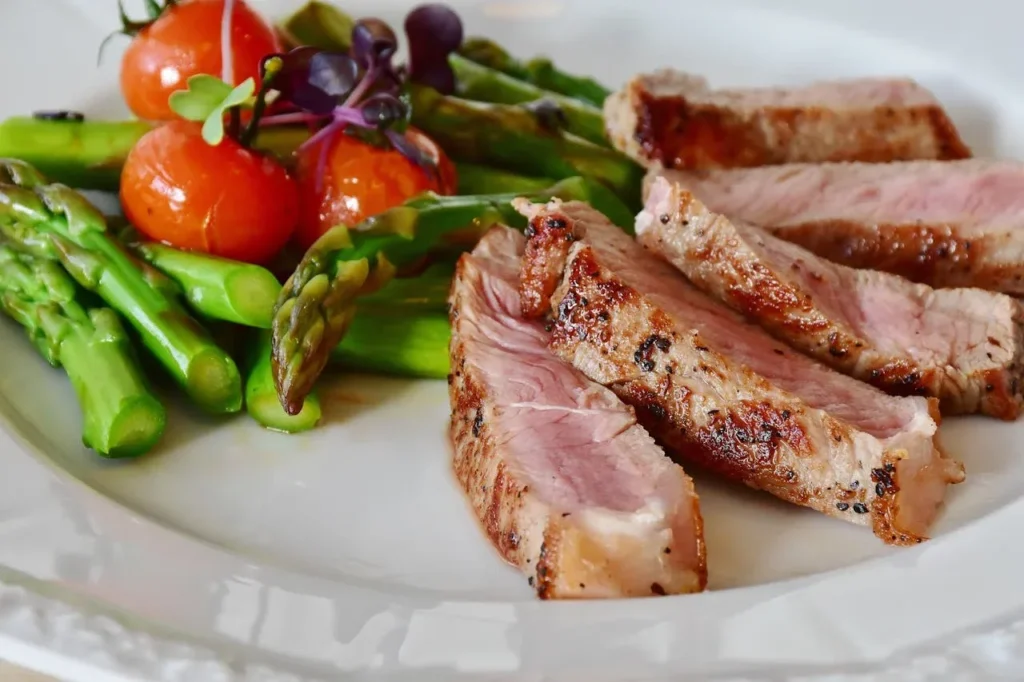
3. Incorporate High-Intensity Interval Training (HIIT)
When it comes to fat loss without sacrificing muscle, High-Intensity Interval Training (HIIT) is an extremely effective tool. HIIT involves alternating between short bursts of all-out effort and periods of rest or low-intensity exercise. Not only does this method save time, but it also increases your post-workout calorie burn for hours after the session.
Research shows that HIIT workouts can lead to greater fat loss and improved cardiovascular health compared to traditional steady-state cardio . Additionally, HIIT helps preserve muscle mass, making it an ideal fat-loss strategy while also building muscle.
Sample HIIT Workout:
- Sprint for 30 seconds at maximum effort
- Rest for 15-30 seconds
- Repeat for 8-12 rounds
HIIT can be performed using various exercises like cycling, running, or even bodyweight movements like burpees or jump squats. The goal is to push your body to the limit during the work intervals, which creates a calorie-burning effect that lasts for hours post-workout.
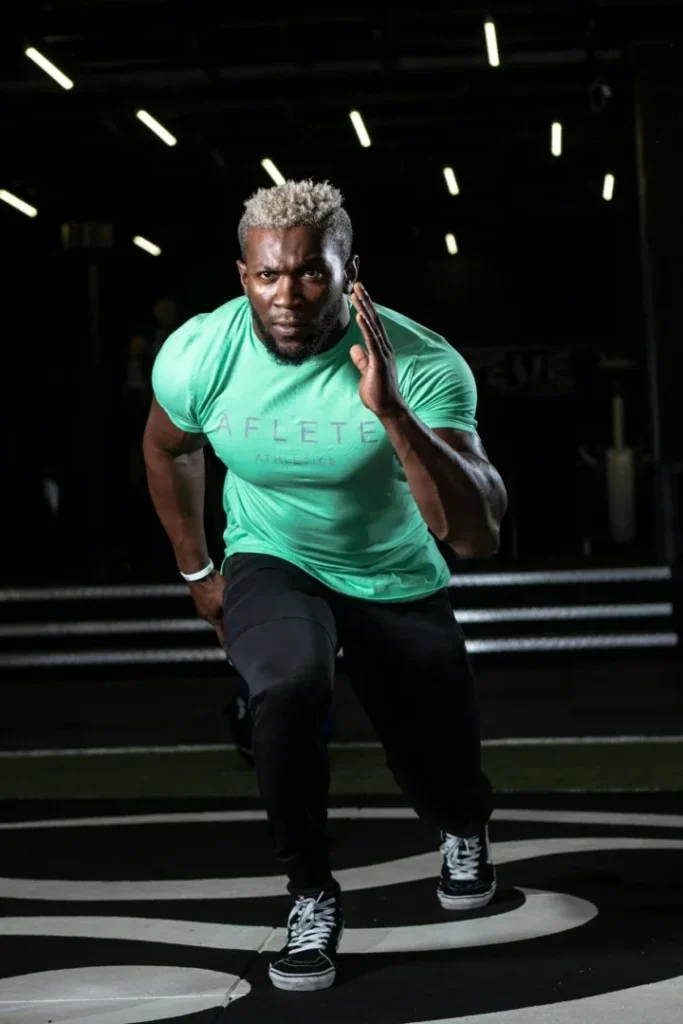
4. Maintain a Caloric Deficit with Nutrient-Dense Foods
Losing fat requires being in a caloric deficit, which means you need to consume fewer calories than your body burns. However, achieving a caloric deficit while still providing your body with essential nutrients is key. This means choosing nutrient-dense foods that support muscle recovery, hormonal balance, and overall energy.
The best foods for muscle gain and fat loss are:
- Vegetables: Rich in vitamins, minerals, and fiber
- Fruits: Low in calories and high in antioxidants
- Lean Proteins: Support muscle repair and growth
- Whole Grains: Provide slow-releasing energy
- Healthy Fats: Support hormonal function (avocado, olive oil, nuts)
Using tools like MyFitnessPal to track your daily calories can help ensure that you’re maintaining a deficit while still getting enough nutrients to fuel your workouts and recovery.
📊Use this Harvard Health guide to calculate your daily caloric needs—an essential step for effective fat loss and muscle gain.
5. Prioritize Sleep and Recovery
While diet and exercise are crucial for building muscle and losing fat fast, sleep and recovery are equally important. Without adequate rest, your body can’t fully repair muscles, regulate hormones, or recover from workouts. This can stall your progress and even lead to overtraining.
According to research from the National Sleep Foundation, adults need 7-9 hours of sleep per night for optimal recovery. Lack of sleep increases cortisol, a stress hormone that promotes fat storage and muscle breakdown.
Tips for Better Sleep:
- Create a consistent sleep schedule
- Avoid screen time before bed
- Use relaxation techniques like deep breathing or meditation

6. Preserve Muscle with Strength Training During a Caloric Deficit
When you’re in a caloric deficit, it’s important to continue strength training to preserve muscle. Many people mistakenly stop lifting weights when trying to lose fat, but this is counterproductive. Without the stimulus of weightlifting, your body may break down muscle tissue for energy.
Focusing on lifting heavy weights with fewer repetitions (6-8 reps per set) helps signal to your body to retain muscle mass, even in a caloric deficit. This allows you to build muscle and lose fat fast without compromising strength or size.
According to a study in the Journal of Applied Physiology, individuals who continued strength training during a caloric deficit retained more lean muscle mass than those who stopped resistance training .
7. Stay Hydrated and Track Your Progress
Proper hydration is often overlooked, but it’s essential for muscle growth and fat loss. Water helps with digestion, nutrient absorption, and muscle recovery. It also supports energy levels during workouts, so you can maintain intensity.
Drinking at least 8 glasses of water a day is a good baseline, but you may need more if you’re engaging in intense workouts or live in a hot climate.
Track Your Progress:
Monitoring your progress is key to ensuring you’re on the right path. Take weekly or biweekly measurements of your weight, body fat percentage, and muscle mass. Progress photos and how your clothes fit are also great indicators of change. Seeing your transformation over time can be highly motivating.
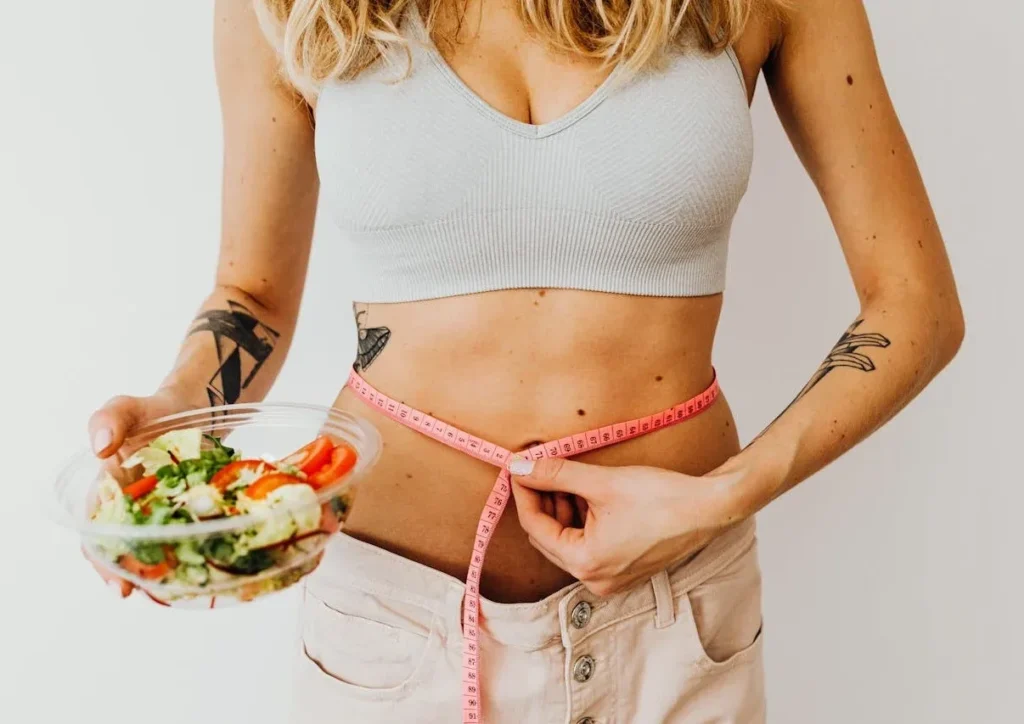
Conclusion
To build muscle and lose fat fast, consistency and balance between strength training, nutrition, and recovery are key. By following these 7 proven strategies, you’ll be well on your way to achieving your fitness goals. Remember that transformation doesn’t happen overnight, but with persistence and the right approach, you’ll see incredible results over time.
🏥Explore why strength training is essential for fat loss in this expert-backed Mayo Clinic article—a must-read for building lean muscle while shedding excess weight.
🔥 Gear to Help You Achieve Your Health and Fitness Goals 💪
If you’re looking for tools to enhance your fitness journey, check out this. Explore top-rated fitness gear on Amazon to enhance your workouts. Check out the latest picks here! 🛒 to support your workouts and progress.
🚀 Find equipment designed to boost strength, endurance, and overall performance!
⚠️ Short disclaimer: As an Amazon Associate, I earn from qualifying purchases.
❓ FAQ: How to Build Muscle and Lose Fat Fast
1. Can you build muscle and lose fat fast at the same time?
- Yes, it’s called body recomposition
- Works best with strength training and high-protein diets
- Most effective for beginners or those returning after a break
2. What should I eat to build muscle and lose fat fast?
- Lean proteins: chicken, fish, eggs, tofu
- Vegetables and complex carbs: oats, quinoa, sweet potatoes
- Healthy fats: avocado, olive oil, nuts
- Stay in a slight calorie deficit
3. How often should I work out?
- Strength training: 3–4 times per week
- HIIT/cardio: 2–3 short sessions weekly
- Rest days are essential for recovery and growth
4. How much protein do I need?
- 0.8–1g per pound of body weight daily
- Spread intake evenly across meals
- Use protein shakes if needed to hit targets
5. Does cardio help or hurt muscle gains?
- Helps fat loss without hurting muscle if done moderately
- Focus on short, intense cardio like HIIT
- Avoid long, excessive cardio sessions
6. How long until I see results?
- Noticeable changes: 4–8 weeks with consistency
- Strength improves first, followed by fat loss
- Track body measurements, not just weight
7. Do I need supplements?
- Not required, but helpful:
- Whey protein
- Creatine
- Omega-3s
- Focus on food first, then fill gaps
8. What are mistakes to avoid?
- Doing too much cardio and not enough strength training
- Under-eating or skipping protein
- Inconsistent sleep and recovery
Have I not commanded you? Be strong and of good courage; do not be afraid, not be dismayed, for the Lord your God is with you wherever you go. – Joshua 1:9

